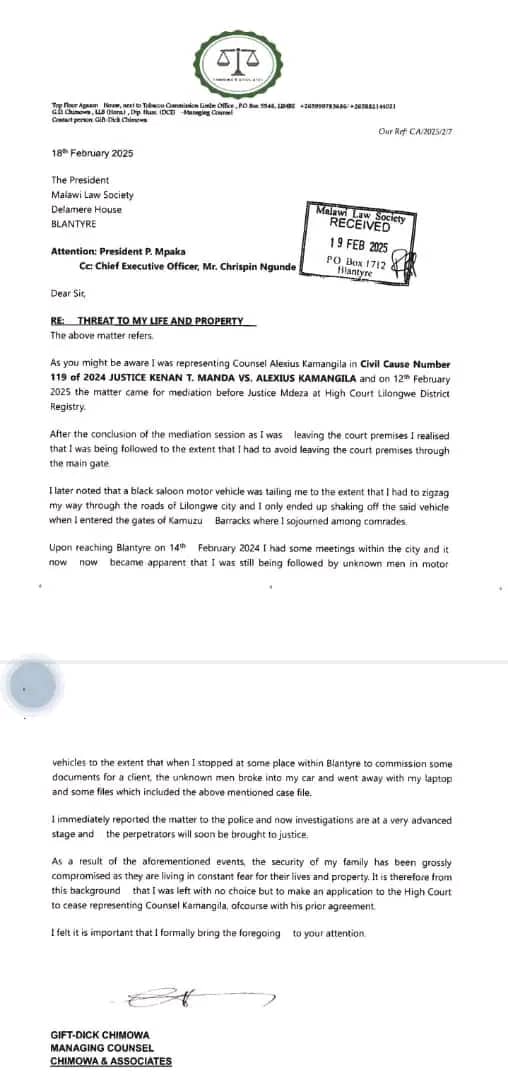By Burnett Munthali
The price of maize in informal markets across Malawi has surged significantly, with a 50-kilogram bag now selling between K84,000 and K90,000, a sharp increase from the K65,000 recorded in December 2024. This rise in prices has raised concerns about food affordability, especially for low-income households.
For instance, at Songani Market, traders are selling a 50-kilogram bag of maize for K90,000, while at Mpondabwino Market, the same quantity is priced at K84,000. These soaring prices have put pressure on consumers, making it increasingly difficult for many Malawians to access this staple food.
Meanwhile, the Agricultural Development and Marketing Corporation (ADMARC) is selling maize at a significantly lower price of K39,500 per 50-kilogram bag, translating to K790 per kilogram. However, in an effort to ensure fair distribution and prevent traders from hoarding, ADMARC has limited individual purchases to a maximum of 20 kilograms per person.
ADMARC spokesperson Theresa Chapulapula explained that the rationing policy is aimed at preventing vendors from taking advantage of lower prices and reselling maize at exorbitant rates in the informal markets. She also assured the public that ADMARC has a stock of 20,000 metric tons of maize, which is both in reserve and currently being sold to consumers.
Agricultural expert Leonard Chimwaza attributed the maize shortage and subsequent price hikes to the government’s failure to secure enough reserves in anticipation of the challenges posed by the El Niño weather phenomenon. He criticized the lack of early intervention, arguing that irrigation schemes should have been activated as soon as the country became aware of the impending drought conditions.
“The government should have acted swiftly by implementing large-scale irrigation programs as soon as it became evident that we were facing dry spells,” Chimwaza said.
With the maize crisis worsening, many Malawians are calling for urgent government intervention to stabilize prices and ensure that food remains accessible to all citizens. The disparity between ADMARC’s subsidized rates and market prices has fueled further debate on whether the government is doing enough to address food security concerns.
As the situation unfolds, stakeholders continue to urge authorities to put in place long-term measures that will reduce dependence on rain-fed agriculture and strengthen food reserves to cushion the nation against future crises.



